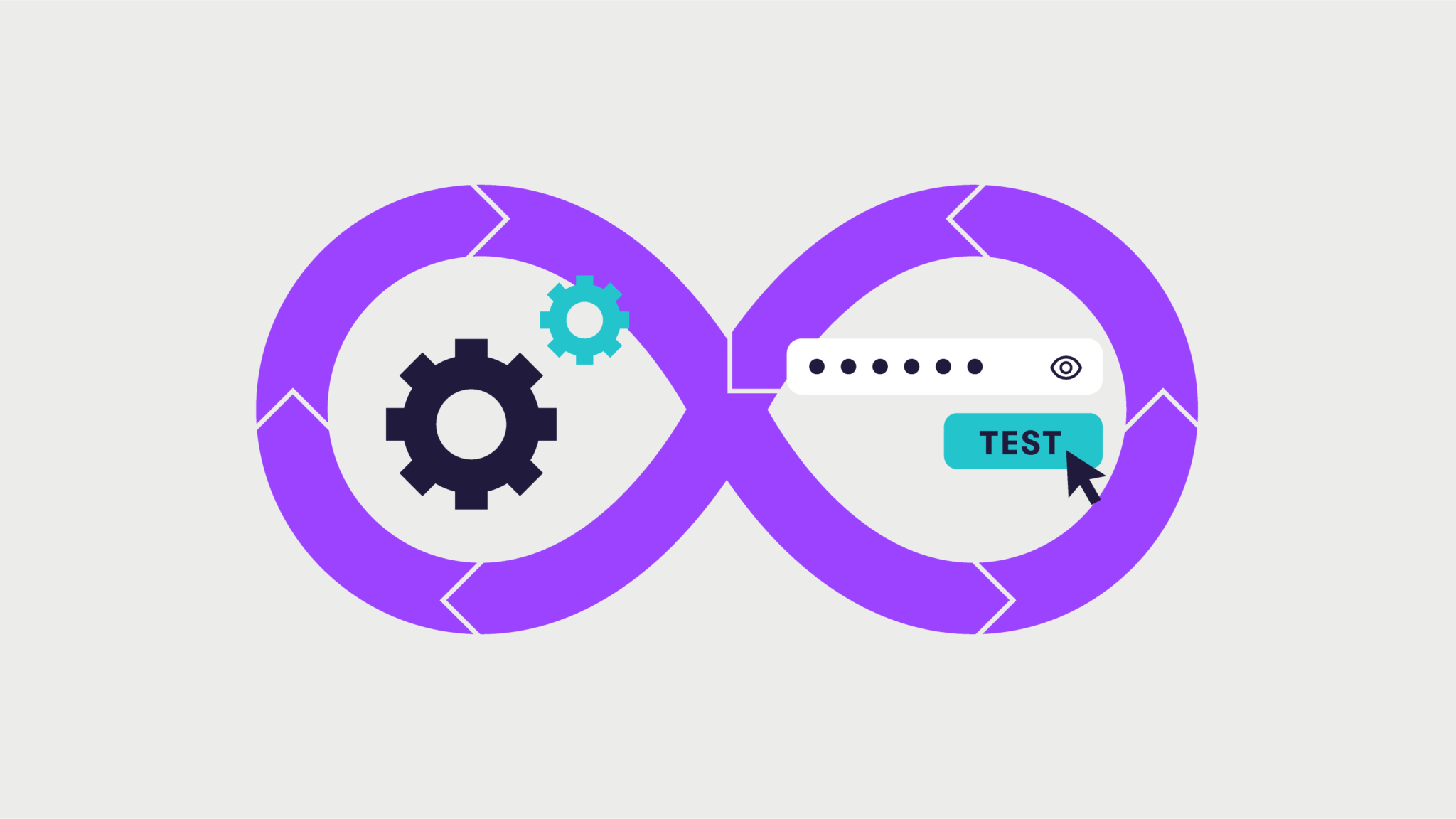Modern delivery of software that relies on frameworks such as Agile and Continuous Integration Continuous Deployment (CI/CD) has sped up the timeframe of releases. Since software releases occur as frequently as a day-to-day basis, there is a growing downstream dependency for the testing process to also be completed in a much more efficient manner, without compromising quality. Today I’ll explore why low-code testing is as important as the overall low-code development solution, and how Spark accounts for this, stressing the importance of the role of the Citizen Tester.
The definition of low-code /no-code
To explore how low- and no-code solutions can enhance the test management process, one must first define what ‘low-/ no-code’ (LC/NC) is. LC/NC enables businesses to create applications in short amounts of time with existing resources. Solutions can ultimately range from online digital portals to core system developments. Such solutions are relatively intuitive to understand for users as they require little to no development experience. Ultimately, LC/NC allows anyone to create application software through graphical user interfaces and for businesses to continuously deliver improvements to their end-users engaging in their web or mobile platforms. The ease of use of these solutions ultimately helps drive the growing prevalence of LC/NC solutions. By 2024, “low-code application development will be responsible for more than 65% of application development activity.”1
The current pain points and limitations of testing
The end-to-end testing process in the present day is a pivotal but oftentimes cumbersome process to which every platform / software must adhere before go-live. Many businesses still rely on manual testers to conduct their user acceptance testing (UAT). Relying on individuals to meet testing requirements is not only tedious, but also increases the scope of errors. Test automation addresses this limitation by reducing manual overheads and enables users to dedicate more time to the analysis / review step of the test process. However, popular automation software, such as Selenium and Lambdatest, still require a degree of coding experience and overcoming a learning curve to use effectively.
The Citizen Developer, how about the Citizen Tester?
The concept of the Citizen Developer refers to business users or designers of an organization who have minimal, if any, coding experience. By leveraging LC/NC solutions, business users can build applications quickly without the need of a developer’s involvement. With the increase of development speed through LC/NC solutions (over 50% of enterprises by 2032), brings the challenge of test management keeping pace. Ultimately, manual test execution can no longer match the agility of software development, requiring quality assurance (QA) teams to rely on test automation. Yet, creating a testing framework still requires some degree of manual scripting and coding knowledge. Investing in a robust LC/NC solution may still create bottlenecks in organizations, unless an equivalent QA component is offered–one that is intuitive, fast, and accurate. Taking into consideration the target audience of LC/NC solutions, it’s even more relevant for providers to ensure low-code development is rightly paired with low-code test generation.
How does Spark’s testing solution super-charge testing for everyone?
The general view is that testing effectiveness is optimized by running the fewest number of tests to find the largest number of defects. But what if no code automation can help maximize your number of tests to exhaustively test every possible scenario of your logic? As mentioned, existing testing solutions are not the most user-friendly to non-developers. Whereas with no-code testing, the complexity is removed from the user’s hand, and the test process is automated based on the overall logic of the development.
Coherent’s core technology, Spark, enables users to convert their spreadsheet logic into APIs in a matter of seconds. Changes to their Excel logic can be made and dynamically updated on the platform as teams continuously work on product development. This means users are enabled to work in CI/CD mode. The benefit of iterative development is clear from the “speed to market” standpoint. However, LC/NC development speed is only as useful as having a test management process that is equally efficient and intuitive, otherwise the process is still a bottleneck at the QA stage of the product.
With Spark’s Testing Center, users can easily manage their testing requirements at scale based on their defined Excel logic. Whether on the platform or on Excel (Spark Assistant), Spark has a host of testing features to help users manage testbeds without the need of manual scripting, automating large volumes of test runs. Furthermore, the features are dynamic in response, to account for continuous product development. Ultimately users can update their products and re-run all their test scenarios / perform regression testing with the click of a button. The objective here is to enable organizations to test at scale efficiently, without coding complexity.
In summary, LC/NC solutions are only as useful as having an intuitive and simple testing component. Solutions targeting the ‘Citizen Developer’ must create a testing experience that is highly automated, scalable, and code free to also cater to the ‘Citizen Tester’. Ultimately, Spark enables LC/NC and super-charges your testing by empowering your testers.
References:
- 2021 Gartner MQ Report
Dominic Poon
Associate Product Manager for Coherent Spark
Dominic is the Associate Product Manager for Spark at Coherent, owning key parts of the product roadmap such as the Testing Center and wider pieces. He is a former management consulting at Capco and KPMG, and has extensive experience defining customer experience strategy for Tier 1 banks.
-
This author does not have any more posts.





